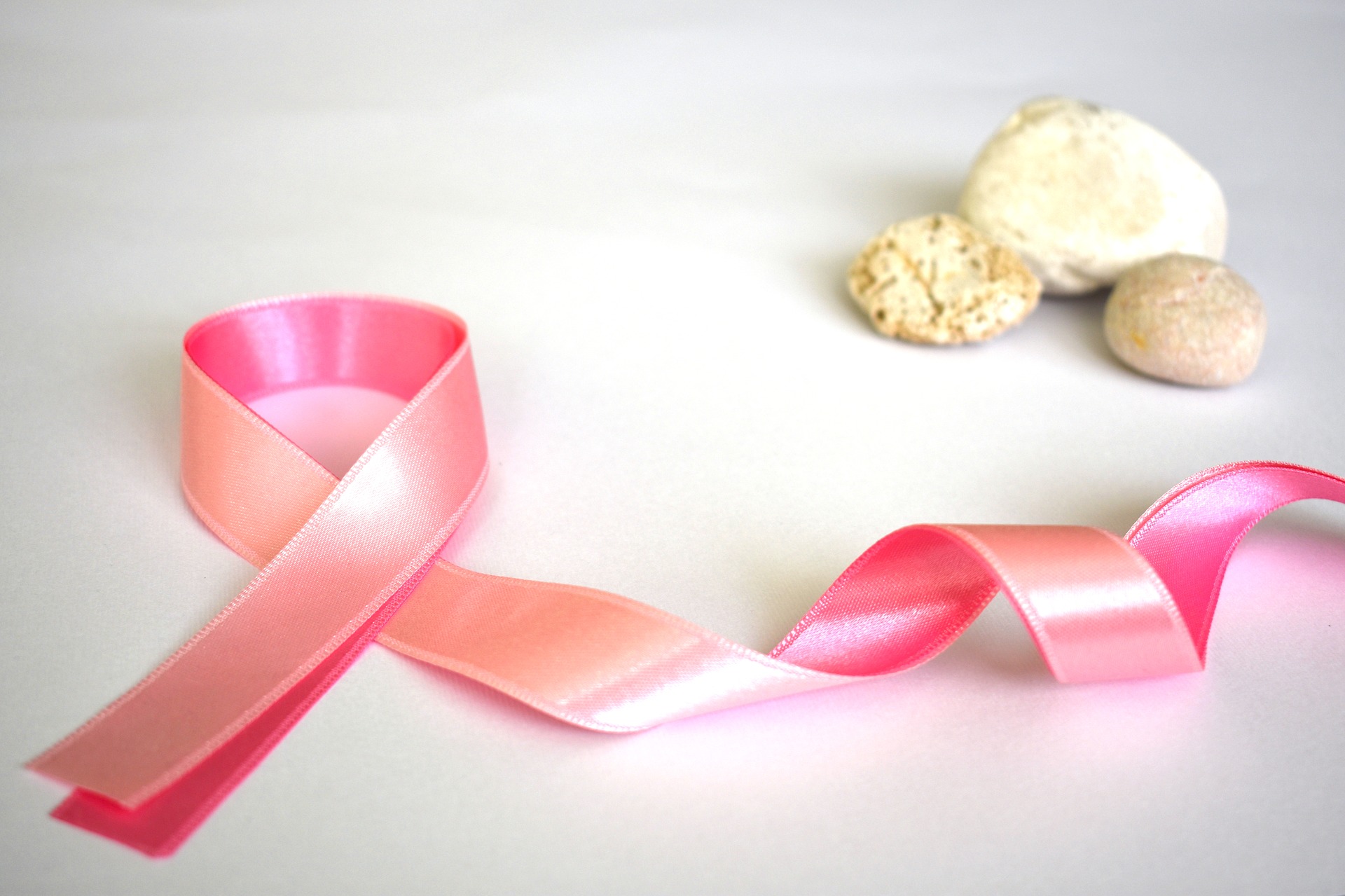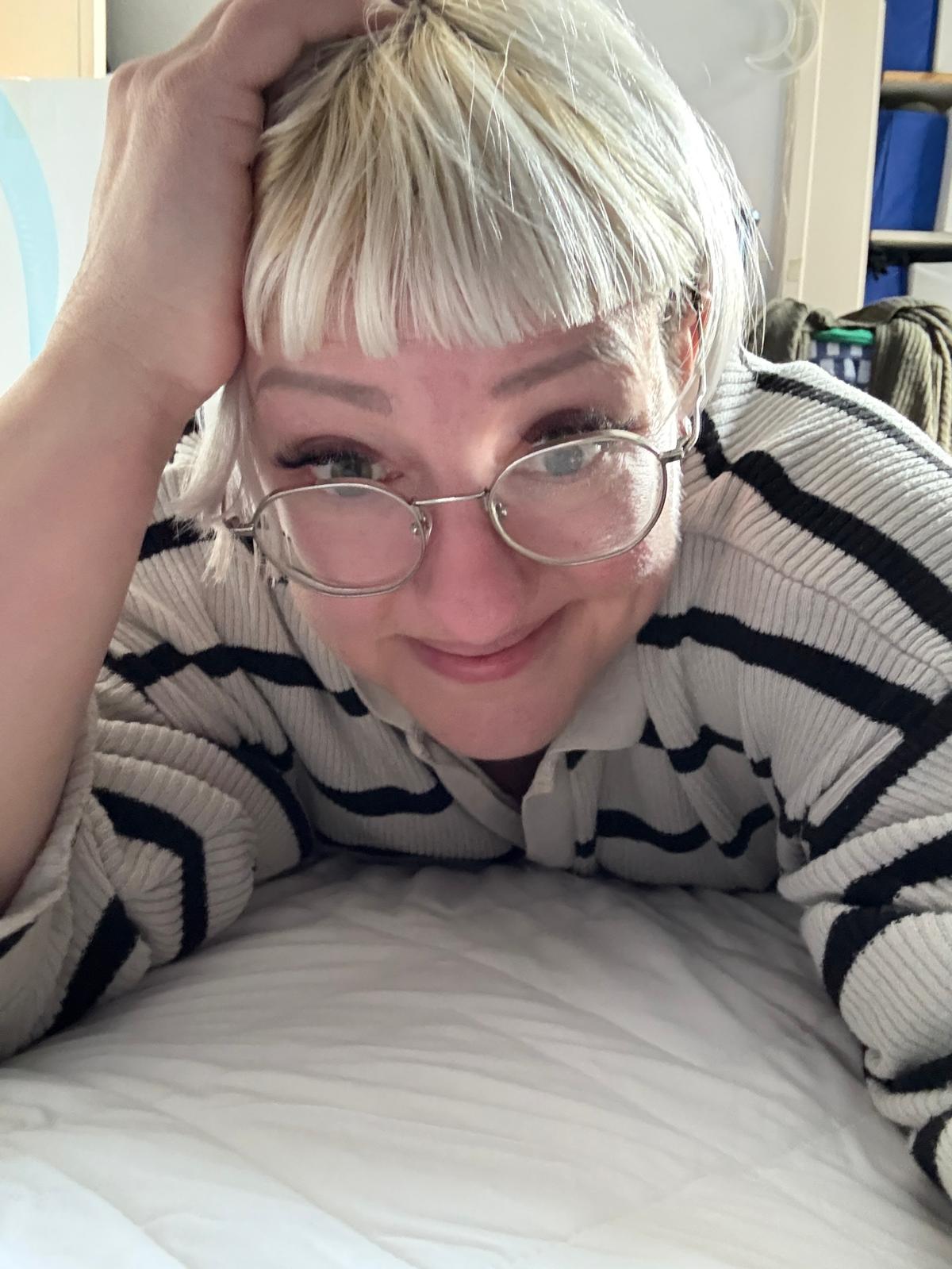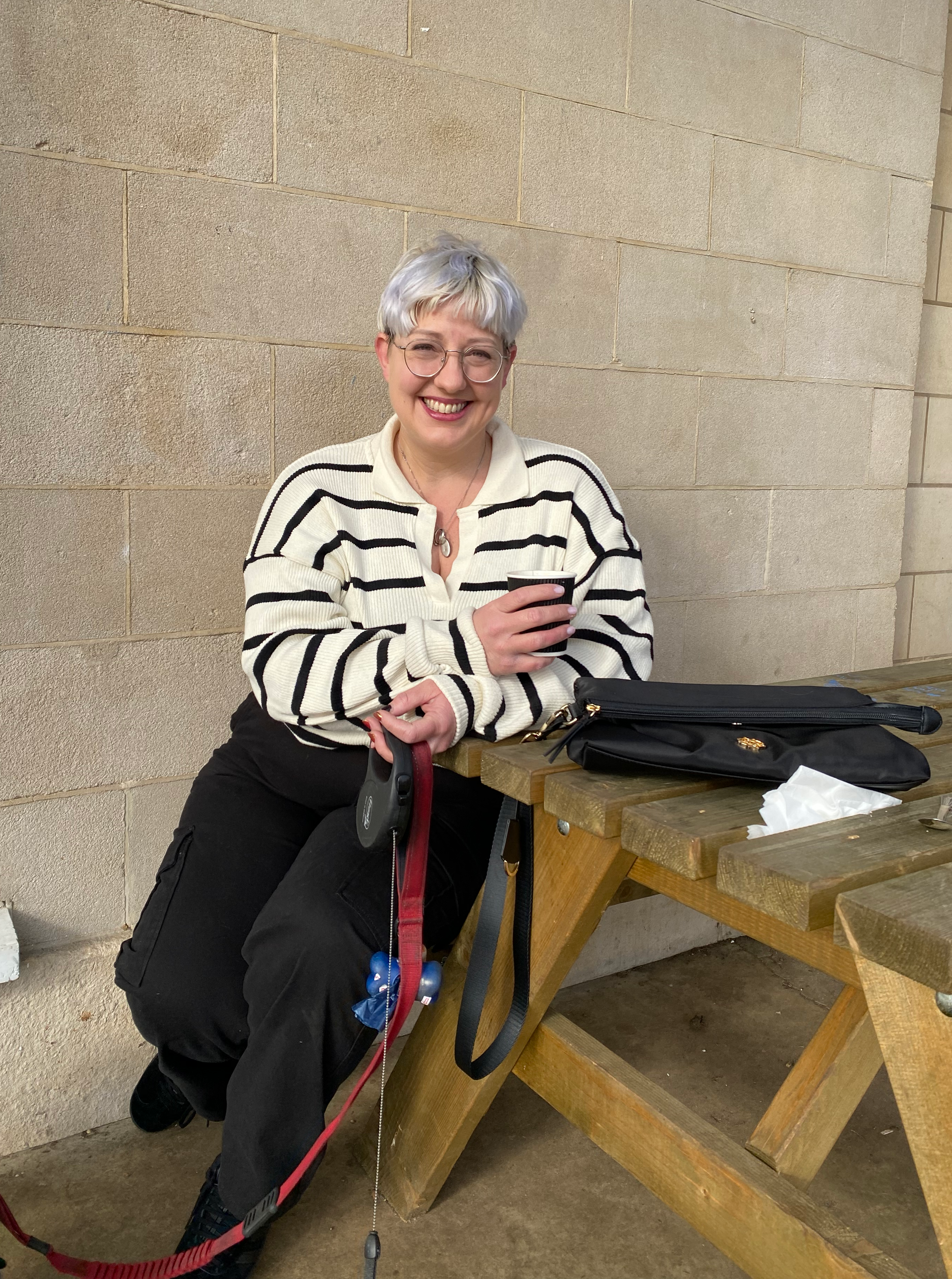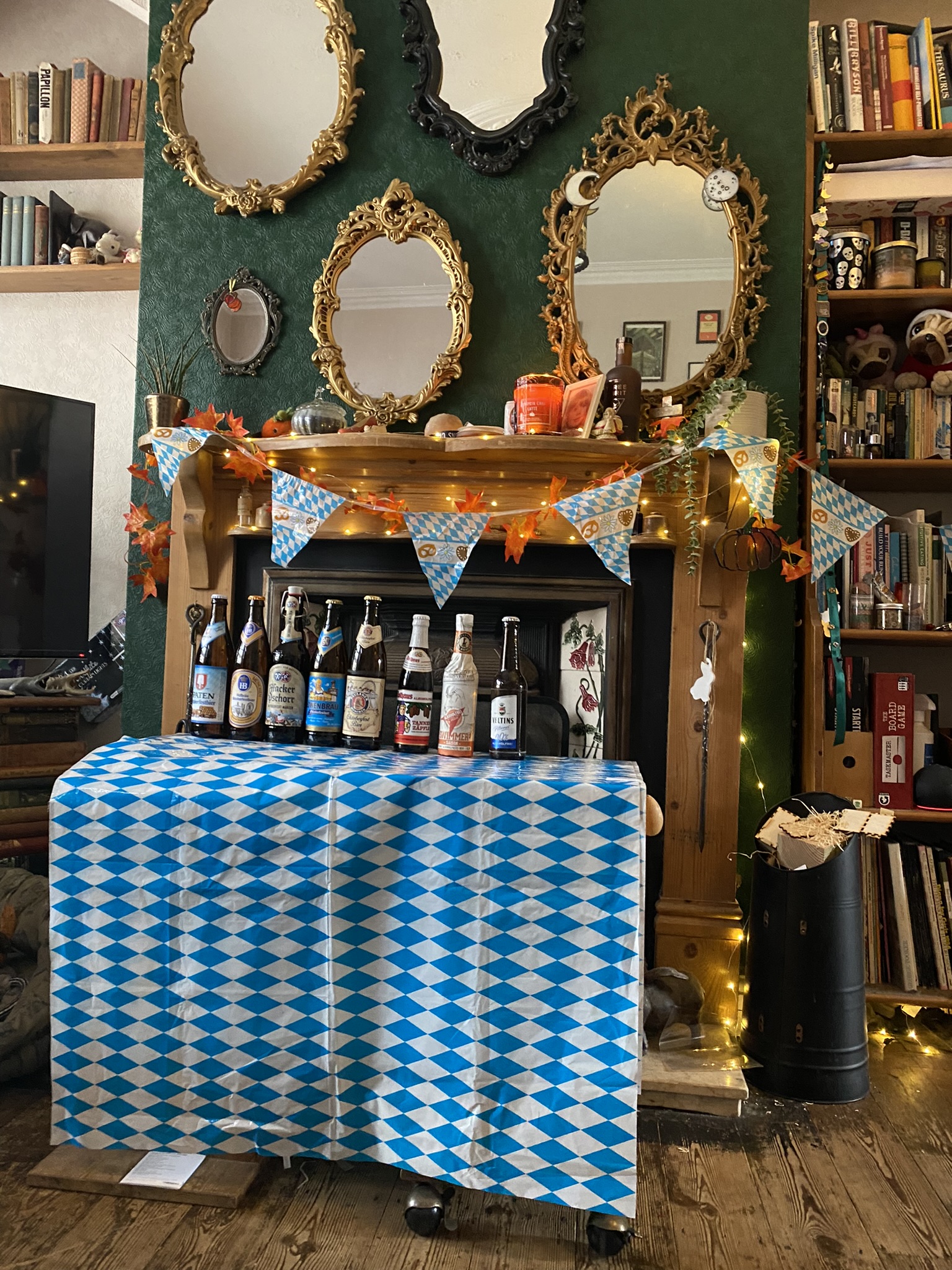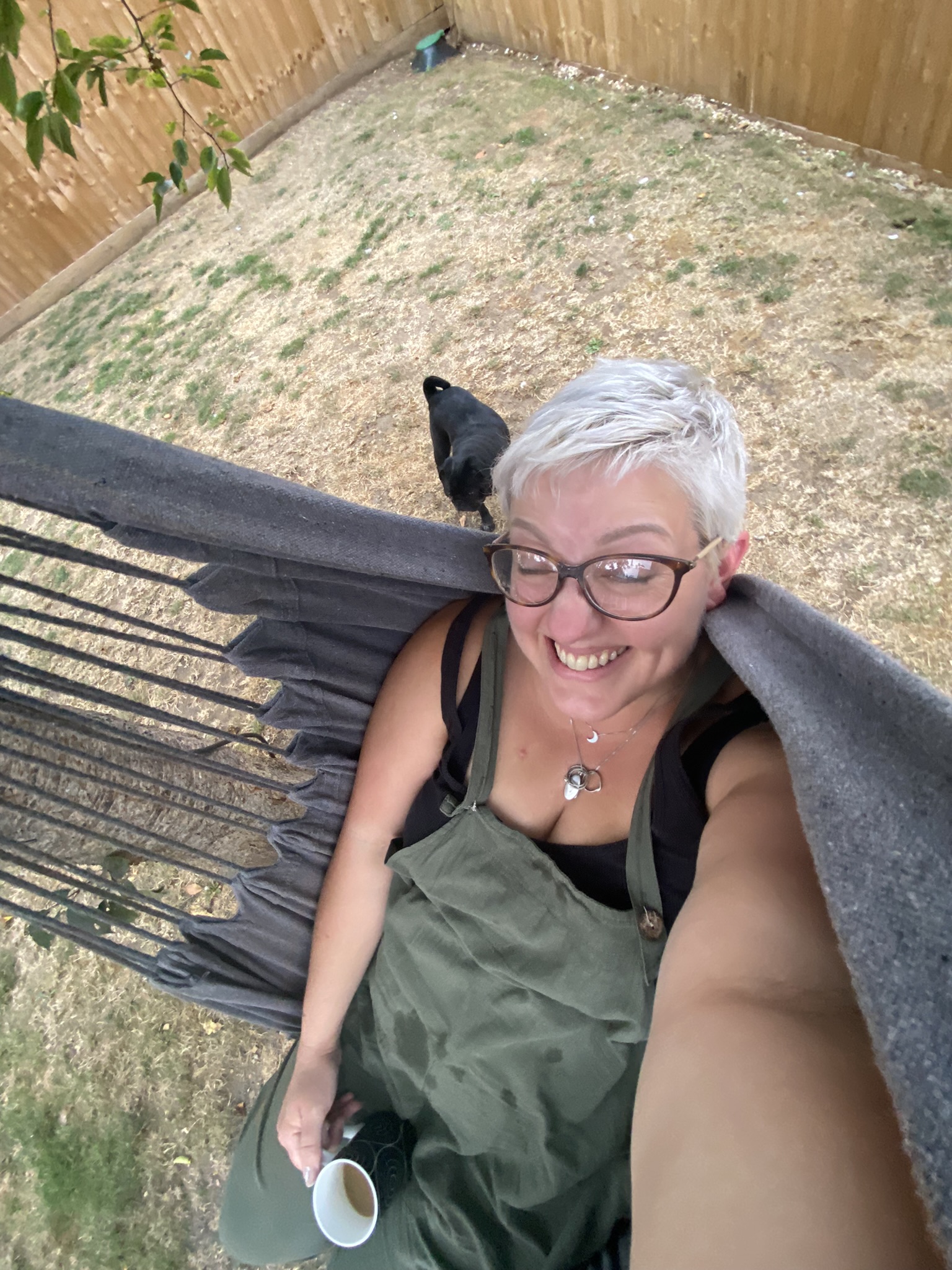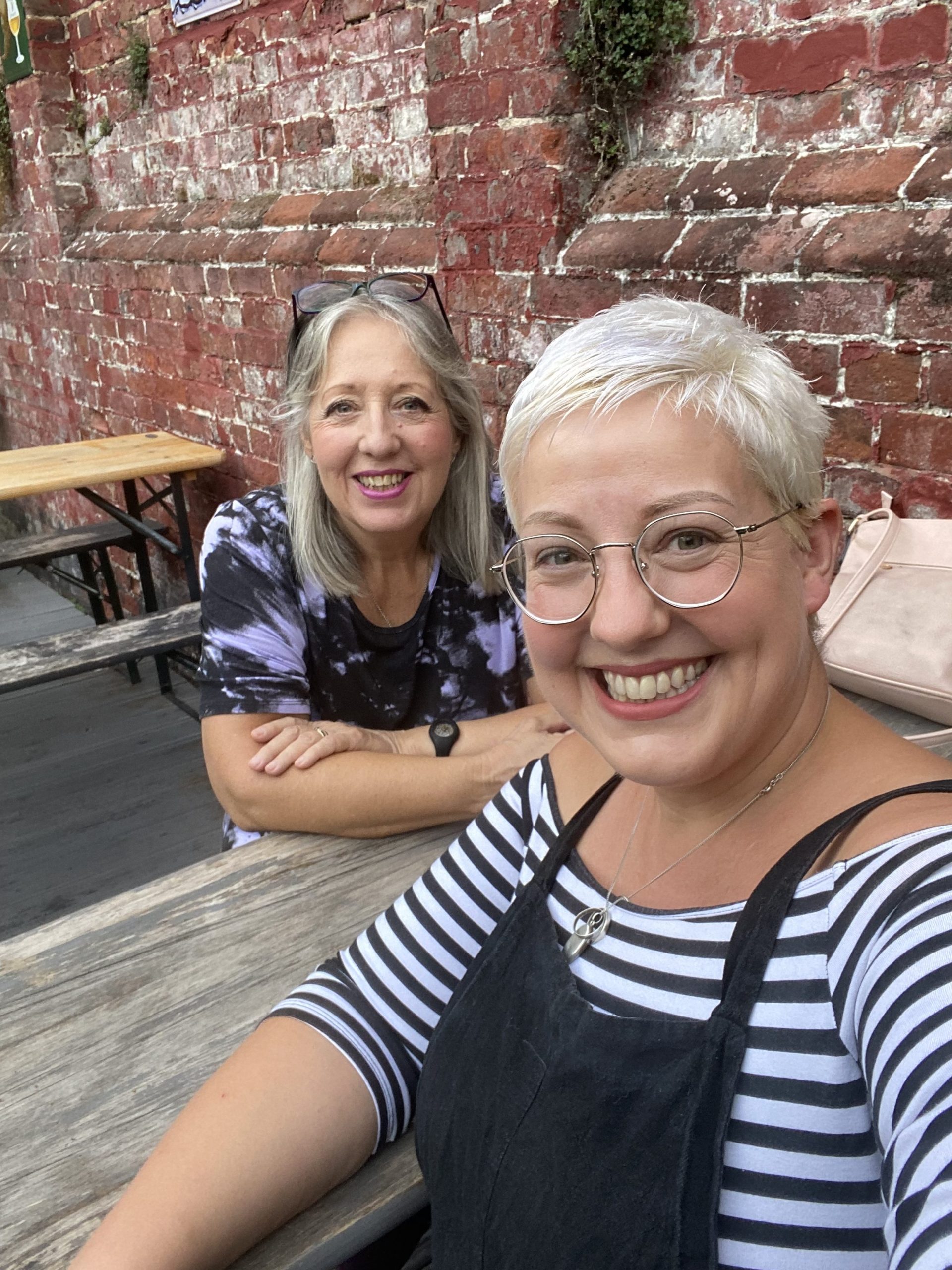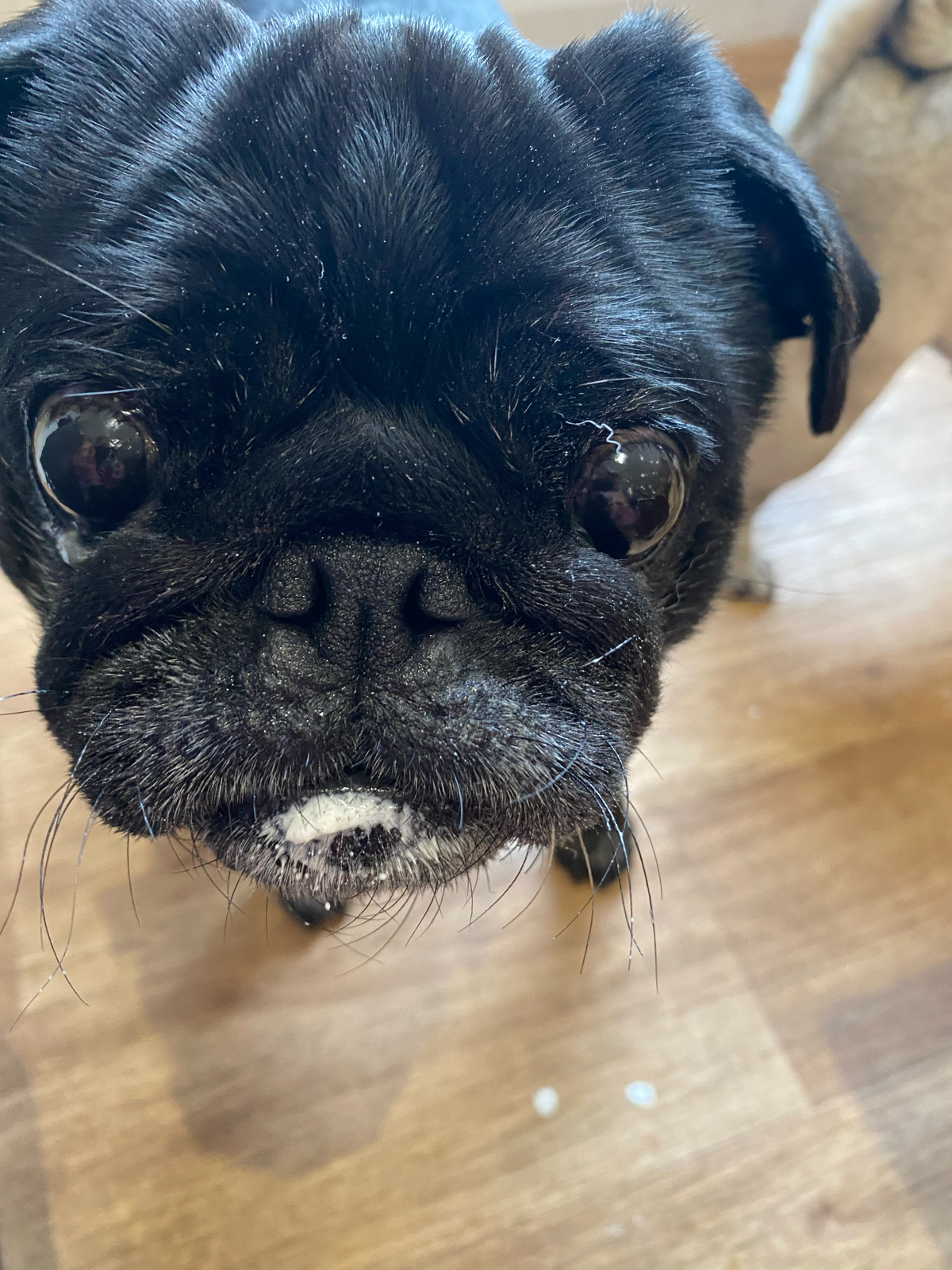October is Breast Cancer Awareness month.
There are awareness-raising events held all across the country and it’s time to have a bit of an eye-opening chat about breast cancer.
Breast cancer is the most common cancer in the UK and one person is diagnosed with it every 10 minutes. That’s a hell of a lot of people, and, as with all cancers, it affects the lives of more people than those who are diagnosed. Partners, children, friends and family are all affected.
During breast cancer awareness month there will be over 5,000 cases diagnosed.
1 in 8 women in the UK will be diagnosed with breast cancer in their lifetime, yet so many of us have no clue what to look out for. We all know we *should* check our breasts, but at least a third of women say they don’t (and I reckon a chunk of the rest only say they do because they know they should) and 20% say it’s because they don’t even know how.

When I went for my health check earlier this year the Doctor showed me how to do a breast check, and since then I’ve been trying to remember to do it once a month or so in the shower or bath. It’s super simple, and is really just a case of knowing your own body, and knowing when something is out of the ordinary for you. I remember when I was younger seeing complicated diagrams of how to poke, and moving clockwise and anti-clockwise, but the truth is that none of that matters. All you really need to do is use the flats of your fingers and your hand, and make sure you know what your own boobs feel like when they’re “normal”.
The most common symptom that people first notice is a lump, or thickening of breast tissue, but actually there are many other symptoms to keep an eye out for. Knowing the early signs can lead to early diagnosis, and a greatly improved chance to making a full recovery.
Breast Cancer Signs to Look Out For
- a change in size or shape
- a lump or area that feels thicker than the rest of the breast
- a change in skin texture such as puckering or dimpling (like the skin of an orange)
- redness or rash on the skin and/or around the nipple
- your nipple has become pulled in or looks different, for example changed its position or shape
- liquid that comes from the nipple without squeezing
- pain in your breast or your armpit that’s there all or almost all of the time
- a swelling in your armpit or around your collarbone
Breast tissue also covers much more than just those bits that go in the cups of your bra, so it’s important to remember that a pain in your armpit, or near your collarbone, is still worth checking out.

90% of breast lumps turn out not to be cancerous, but you are never wasting anyone’s time getting them checked out.
Reducing Your Breast Cancer Risk
Some risk factors for breast cancer are pretty unavoidable. We can’t stop ourselves getting older (can we? Did this happen and no one told me?) or change our family history.
Other risk factors are worth being aware of, the contraceptive pill is a risk factor, but one that’s worth it for many other reasons, research also suggests that exposure to oestrogen is a risk factor, so women who start their periods early or don’t have children may be at a greater risk, so it’s worth making sure you keep a close eye out for symptoms.
Other risk factors are easily mitigated. Being overweight or obese, particularly post-menopause is thought to be an increased risk factor, so it’s worth watching your weight. Alcohol, as ever, is another risk factor, so another reason to try and moderate the amount you drink, just in case that horrible hangover isn’t enough. Oh, and hey, get out there and get some exercise too while you’re at it because research suggests that regular exercise can reduce your risk by as much as a third.
So basically, drink less, eat better, stay a healthy weight and do some exercise. Ground breaking advice that I’m sure none of us have heard before……

Breast Cancer Treatment
We’re lucky enough in the UK to have the NHS, so if that lump does turn out to be cancerous there are many treatment options available. Surgery, radiotherapy, chemotherapy, hormone therapy and biological therapy are all treatment options available and a multidisciplinary team will help you to decide which treatment is right for you.
Private treatment is always an alternative to NHS treatment if you have the resources. The Loc offers private cancer treatment at state of the art facilities with dedicated Clinical Nurse Specialists who can support you and your Consultant through the whole process, including breast reconstruction if surgery is required.
Don’t Panic!
An estimated 691,000 people are alive in the UK after a diagnosis of breast cancer. This is predicted to rise to 840,000 in 2020.
The survival rate after 5 years has risen from just 50% in 1970, to 85% in 2018.
Breast cancer is treatable, but awareness is important to make sure you spot the signs early. Although age is a big risk factor, around 2,200 women in the UK are age 39 or under when they are diagnosed, so it’s never too early to start checking! You don’t need to check in any special way, just get in there, have a squidge, and get used to how they feel!

